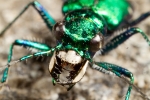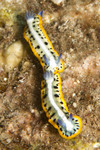Reply to comment
Focus Stack: Praying Mantis
ktuli — Mon, 12/17/2012 - 20:20
Yesterday, while walking our dogs, I spotted a dead praying mantis laying in some bushes. Since a live mantis would never sit still for a focus stack process, I decided this was a perfect opportunity to try one, so I picked it up in a plastic bag and carried it home to photograph.
A focus stack is a process of taking multiple photos, each with a slightly different slice of the scene in focus. Once you have all of your slices, you can run it through some software (in my case, I used Zerene Stacker) to align and stack the slices into a super-image with all of the scene in focus. This process is very popular for macro photographers where the depth of field can be very small (even with a small aperture).
This is the first time I've ever tried this, so I don't know if I did things right or not - I pretty much just accepted the defaults and let the software do its thing. Zerene provides two different stacking algorithms - one called DMap and another called PMax - so I tried both to see what results I could get. Here I also provide a single slice for the set to show just how little in focus I was getting for each slice.
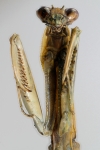 DMap |
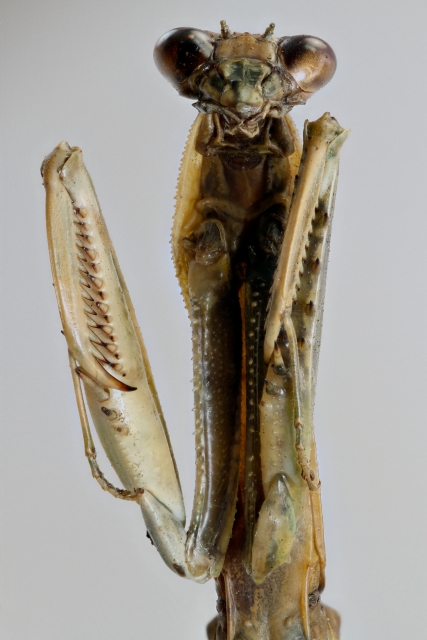 |
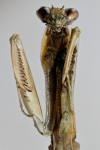 PMax |
|
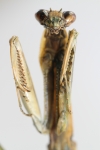 Single Slice |
Technical Data: Canon EOS 7D, Canon EF 100mm f/2.8L Macro IS USM, 1/250 sec at f/5.6. Canon Speedlight 580EX II flash in eTTL mode and wireless control. Image Stabilization off. ISO 640. 22 image stack processed in Zerene Stacker.
As you can see this shot above was done with my 100mm macro lens, but was shot at about 1:1.5 magnification, meaning it is not at lifesize magnification. I had to do this to get the head and forearms in the shot at once. Unfortunately, it wasn't very flexible, so I didn't have much choice on the posing or I would have moved the arm on the right a bit to separate it from the body; however, I was afraid of breaking the arm off, so I didn't try to move it.
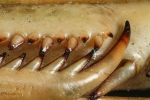 DMap |
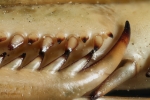 PMax |
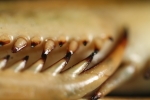 Single Slice |
 |
||
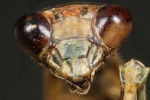 DMap |
 PMax |
 Single Slice |
Technical Data: Canon EOS 7D, Canon MP-E 65mm f/2.8 1-5x Macro, 1/250 sec at f/5.6. Canon Macro Twin Lite MT-24EX in ETTL mode. ISO 100. 17 and 18 image (respectively) stack processed in Zerene Stacker.
As you can see, the DMap method seems to leave some really undesirable artifacts in the final image that look ugly. I'm not sure if that was my fault for not configuring something correctly (or from my old computer not keeping up), or if that method doesn't work well for this kind of shot, or what. I'll have to do more research and see whether I can figure out why that happened.
With the second and third shots, I used the Canon MP-E 65mm macro lens. For the claw, I used a 4x magnification (4:1), and a 2x magnification (2:1) for the face. With the face, I apparently should have taken more shots to get the "neck/shoulders" in focus as well at the bottom of the frame - that was my mistake because I was looking at the top of the mantis' head as I moved the focus forward to get the slices and forgot to look at the rest of the frame.
To take these shots, I had my camera mounted on my macro focusing rail and set the lens in manual focus mode and simply moved the whole rig forward and backwards to get the slices I needed. To be honest, it was a lot of work to setup the shot and make the very small adjustments to get all the necessary slices.
- Bill

